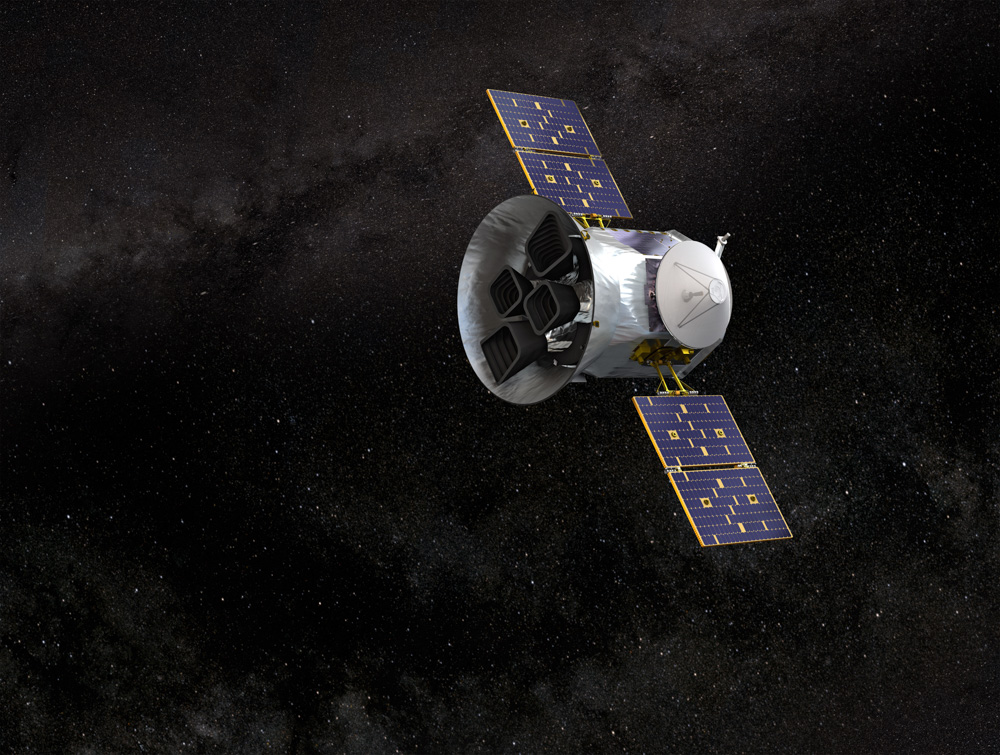 Image Credit: NASA
Image Credit: NASA
Science from TESS
The TESS legacy will be a catalog of the nearest and brightest main-sequence stars hosting transit- ing exoplanets
Types of stars monitored
[main-sequence dwarfs with spectral types F5 to M5. Evolved stars and early-type dwarfs are large, inhibiting the detection of small planets. Dwarfs with spectral types earlier than F5 also rotate rapidly, broadening their spectral lines and preventing precise radial-velocity (PRV) monitoring
spectral sequence, M dwarfs are especially attractive targets. They are abundant: about three- quarters of the stars in the solar neighborhood are M0–M5 dwarfs. They are relatively unexplored for transiting planets, because they constituted only a small minority of the Kepler target list. Furthermore, the transit signal of a small planet is easier to detect for an M dwarf than it would be for a larger star of the same apparent magnitude, facilitating both planetdiscovery and follow-up observations with JWST and other telescopes. However, stars with spectral types later than M5 are rarer and optically faint. They could be observed advantageously at near- infrared wavelengths, but this would greatly increase the mis- sion’s cost, complexity, and risk. Furthermore, planets transiting the very latest-type stars can be detected with ground-based instruments, as demonstrated by the MEarth survey.10 For these reasons, the F5–M5 range of spectral types was considered to be most important for TESS.]
brightest stars are nearly evenly distributed over the entire sky, this desire led in the direction of an all-sky survey.